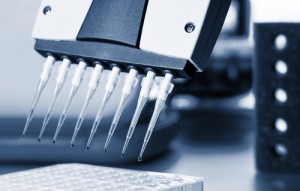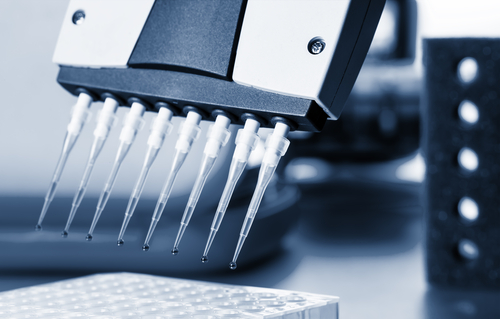 The U.S. Food and Drug Administration (FDA) authorized the marketing of the first test to determine if a patient has type 1 diabetes, the zinc transporter 8 autoantibody (ZnT8Ab) ELISA Assay, produced by Kronus Market Development Associates, Inc. in Star, Idaho. Although the diagnostic needs to be further tested, it may allow physicians to conduct a faster diagnosis and administrate a proper treatment.
The U.S. Food and Drug Administration (FDA) authorized the marketing of the first test to determine if a patient has type 1 diabetes, the zinc transporter 8 autoantibody (ZnT8Ab) ELISA Assay, produced by Kronus Market Development Associates, Inc. in Star, Idaho. Although the diagnostic needs to be further tested, it may allow physicians to conduct a faster diagnosis and administrate a proper treatment.
The system works by detecting an antibody that is only produced by the immune system of patients with type 1 diabetes, and not by patients with type 2 or gestational diabetes, ZnT8Ab. By analyzing a patient’s blood sample, the test will determine if the patient has the disease or not by the presence of the compound.
“Early treatment of type 1 diabetes is important in helping to prevent further deterioration of insulin producing cells,” explained the director of the Office of In Vitro Diagnostics and Radiological Health in the Center for Devices and Radiological Health at the FDA, Alberto Gutierrez, Ph.D. “This test can help patients get a timely diagnosis and help start the right treatment sooner.”
In order to assess the test, the FDA reviewed the clinical study performed by Kronus that included 569 blood samples, from which 323 belonging to type 1 diabetes patients and 246 belonging to other types of diabetes, autoimmune diseases or other clinical conditions. The results of the trials revealed the presence of the ZnT8 autoantibody in 65 percent of the cases in the first group analyzed. False positive results were registered in less than two percent of the patients diagnosed with other diseases.
Despite the enthusiasm about the reduction of time due to the novel test, the agency, which is responsible for the safety, effectiveness, and security of human and veterinary drugs, vaccines, and other biological products for human use, as well as medical devices, advised that a negative result from the test does not necessarily exclude type 1 diabetes as a possible diagnosis. Therefore, the FDA recommends that the test should be used to monitor the stage of disease or the response to treatment.
The approval was made according to a regulatory pathway for some low- to moderate-risk medical devices that are not substantially equivalent to an already legally marketed device, the de novo premarket review pathway.


